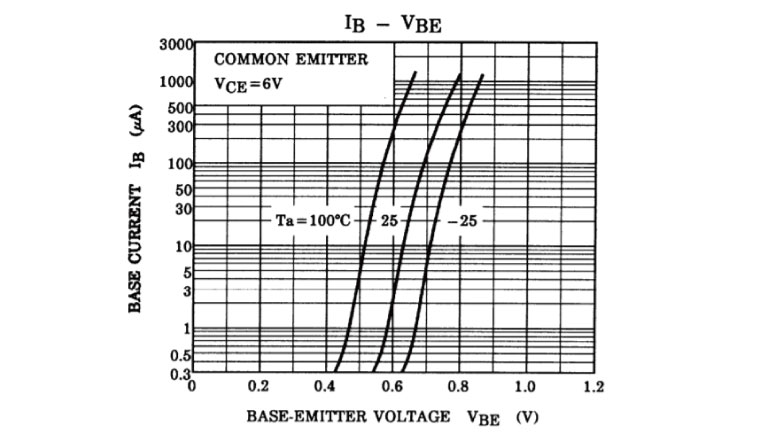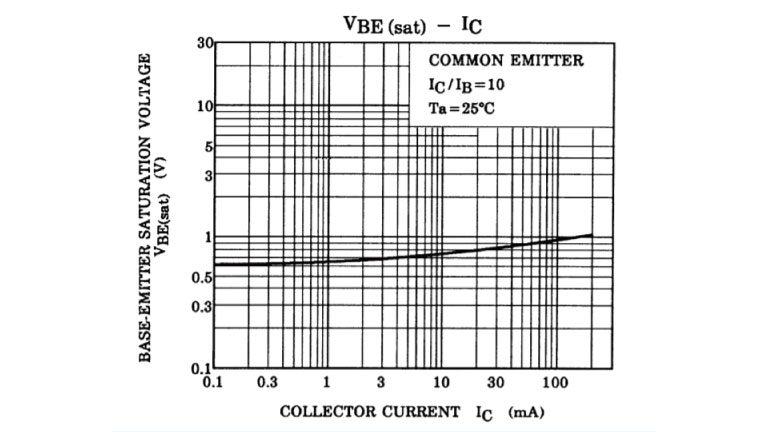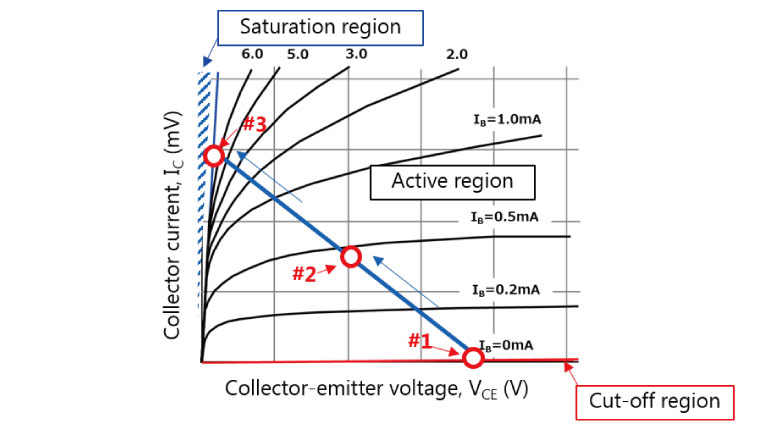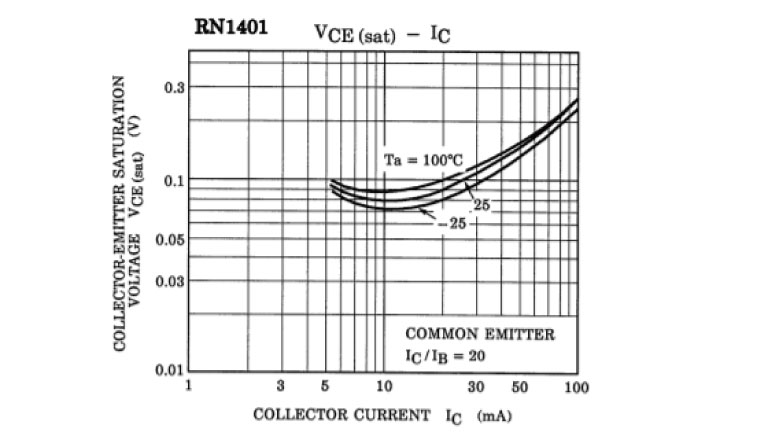- 型号 & 关键词搜索
- 交叉搜索
- 参数搜索
- 库存查询与购买
This webpage doesn't work with Internet Explorer. Please use the latest version of Google Chrome, Microsoft Edge, Mozilla Firefox or Safari.
请输入3个以上字符 Search for multiple part numbers fromhere.
The information presented in this cross reference is based on TOSHIBA's selection criteria and should be treated as a suggestion only. Please carefully review the latest versions of all relevant information on the TOSHIBA products, including without limitation data sheets and validate all operating parameters of the TOSHIBA products to ensure that the suggested TOSHIBA products are truly compatible with your design and application.Please note that this cross reference is based on TOSHIBA's estimate of compatibility with other manufacturers' products, based on other manufacturers' published data, at the time the data was collected.TOSHIBA is not responsible for any incorrect or incomplete information. Information is subject to change at any time without notice.
请输入3个以上字符
偏置电阻内置晶体管(BRT)如何工作?
下文介绍了当向“关断”状态的B端子施加电压(VI)以使BRT在饱和区内导通时BRT的工作方式。
VI电压逐渐增大。
1.内部晶体管(Q)关断。
当在Q关断状态下向B端子施加VI时,电流仅流过内置偏置电阻R1和R2。
因此,由R1和R2分压后的电压被施加到Q的基极(b)(Vb = R2 / ( R1 + R2 ))。
2.Q导通。
当Vb达到约0.5V时,基极电流(Ib)开始流动,使Q导通,如IB-VBE曲线所示(图2)。这导致集电极电流(即Ib乘以hFE)流动。此时Q仍在放大区内,而不在饱和区中。因此,与通用型晶体管(例如,2SC2712)的hFE一样,其hFE为120至700。
随着VI进一步增大,Vbe随之增大,导致IC急剧上升,如图2所示。
然而,实际上基极电压(Vb)几乎不会随VI的增大而增大。如图3所示,在25°C的环境温度下VBE仅在0.6V至1.0V之间变化。因此,在简化计算中基极电压通常被视为恒定不变。这里假设VBE=0.7V。
Ib表示为:
Ib=IB–IR2=(VI–Vbe)/R1–Vbe/R2
随着Ib的上升,集电极电流(IC)按比例上升。
假设图1的基本BRT电路中的集电极-发射极(C-E)电压为VCE,则:
VCE=VCC–RL*IC
随着IC的进一步上升,VCE减小,导致BRT进入饱和区。
3.Q进入饱和区。
随着VCE减小,晶体管(Q)进入饱和区。
(饱和区尚无明确的定义。东芝将hFE≤20的区域视为饱和区*。)
Ib的上升导致IC上升,从而导致RL上的电压降增大,因此VCE接近GND电平。
即Q跟踪#2至#3的IC–VCE曲线(图4)。最终,VCE几乎为零。
图5显示了实际BRT的VCE(sat)–IC曲线。
假设饱和区中的集电极-发射极电压为VCE(sat),则:
IC=(VCC–VCE(sat))/RL=恒定电流
随着VI的增大,IB上升,但IC几乎恒定不变。因此,hFE随着VI的增大而降低。
*有时将饱和区定义为VBC符号与放大区内的符号相反的区域。
-operate_1_en.jpg)





